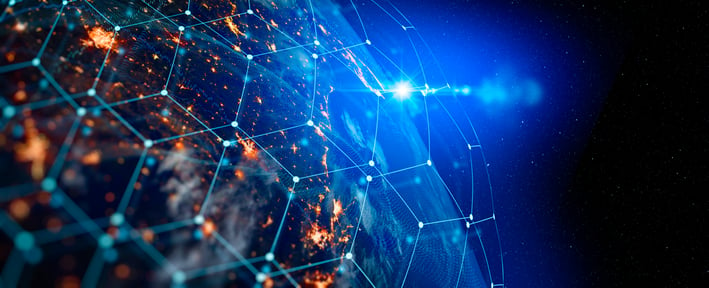Geospatial data, often referred to as location-based data, brings an additional layer of context to information, offering a unique perspective that is revolutionizing various industries. In this blog post, we will explore the distinctive features that make geospatial data stand out in the world of data analytics and decision-making.

Understanding Geospatial Data
Geospatial data refers to information that is associated with a specific location on Earth's surface. This data is collected through various technologies, including GPS, satellites, and remote sensing devices. Unlike traditional datasets, geospatial data includes spatial components, such as coordinates, allowing for a precise location representation.
Precision and Accuracy
Geospatial data is renowned for its precision and accuracy. The inclusion of geographic coordinates enables users to pinpoint locations with remarkable accuracy. This precision is invaluable in applications ranging from navigation and mapping to disaster response and urban planning. Whether it's tracking wildlife migration patterns or planning a new infrastructure project, the accuracy of geospatial data ensures reliable results.
Contextual Insight
One of the unique aspects of geospatial data is its ability to provide contextual insight. By overlaying location-based information on maps or satellite imagery, users can gain a deeper understanding of the surrounding environment. This contextual insight is crucial for businesses, governments, and researchers to make informed decisions. For instance, retailers can analyse foot traffic patterns to optimise store locations, while environmental scientists can monitor changes in ecosystems over time.
Spatial Relationships and Patterns
Geospatial data enables the exploration of spatial relationships and patterns, uncovering valuable insights that might be overlooked in traditional datasets. Through spatial analysis, users can identify trends, correlations, and anomalies in the data. This capability is particularly useful in fields such as epidemiology, where understanding the spread of diseases relies heavily on mapping spatial patterns.
Applications Across Industries
Urban Planning and Infrastructure Development
Geospatial data plays a crucial role in urban planning and infrastructure development. By analysing population density, traffic patterns, and land use, city planners can make informed decisions about zoning, transportation networks, and public services. This results in more sustainable and efficient urban environments.
Agriculture and Precision Farming
In agriculture, geospatial data is transforming the way farmers manage their crops. Through satellite imagery and GPS technology, farmers can monitor crop health, optimize irrigation, and make informed decisions about planting and harvesting times. This precision farming approach enhances productivity while minimizing environmental impact.
Emergency Response and Disaster Management
During emergencies and natural disasters, geospatial data becomes a lifeline for first responders. From assessing the extent of a wildfire to planning evacuation routes during a hurricane, the real-time information provided by geospatial data is instrumental in coordinating effective response efforts.
In conclusion... Geospatial data's unique characteristics make it an indispensable tool across various industries. Its precision, contextual insight, and ability to reveal spatial relationships empower decision-makers to tackle complex challenges and drive innovation. As technology continues to advance, the role of geospatial data in shaping a more interconnected and informed world is set to expand, ushering in a new era of data-driven decision-making. Whether it's optimising city planning, revolutionising agriculture, or enhancing emergency response, geospatial data stands as a beacon of innovation in the data landscape.

Eloise Smith
Conference Producer, GovNet Tech Portfolio



-Apr-25-2024-09-43-35-5584-AM.png?width=80&height=80&name=Untitled%20design%20(77)-Apr-25-2024-09-43-35-5584-AM.png)
